Atalanta:
Apple trees, I dreamed of swinging through your bower last night. I was singing a song as I was swinging; the words were a poem to express my admiration for your beauty. I’m dancing to those words, and I’m singing to those words. Here, I shall share them with you:
Beautiful, most beautiful, apple trees:
Beautiful, most beautiful, apple trees.
Apple trees, your beauty is enchanting;
Apple trees, your apples are delicious.
Apple trees, you captivate me all day.
Apple trees, you invade my dreams at night.
Beautiful, most beautiful, apple trees:
Beautiful, most beautiful, apple trees.
Apple trees, with fruit golden as the sun;
Apple trees, with fruit red as rich rubies;
Apple trees, your fruit is so enticing;
Apple trees, your fruit is so alluring.
Beautiful, most beautiful, apple trees:
Beautiful, most beautiful, apple trees.
Golden apples, how I love to eat you!
Golden apples, how I do admire you!
Ruby apples, how I love to eat you!
Ruby apples, how I do admire you!
Beautiful, most beautiful, apple trees:
Beautiful, most beautiful, apple trees.
Hippomenes:
If only Atalanta would love me as much as she loves her golden and ruby apples!


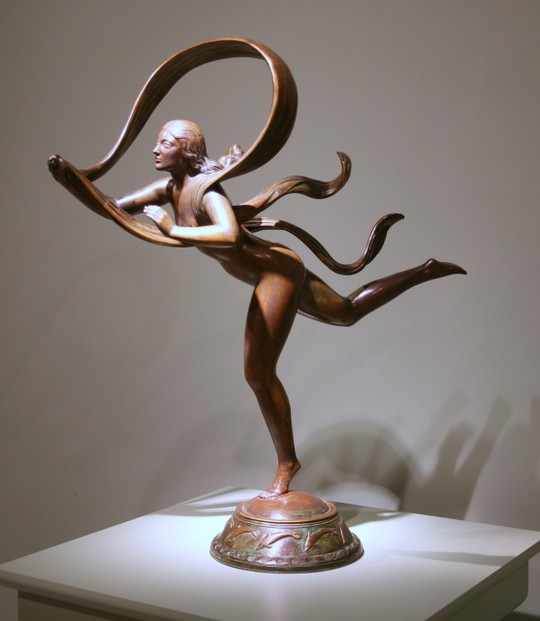
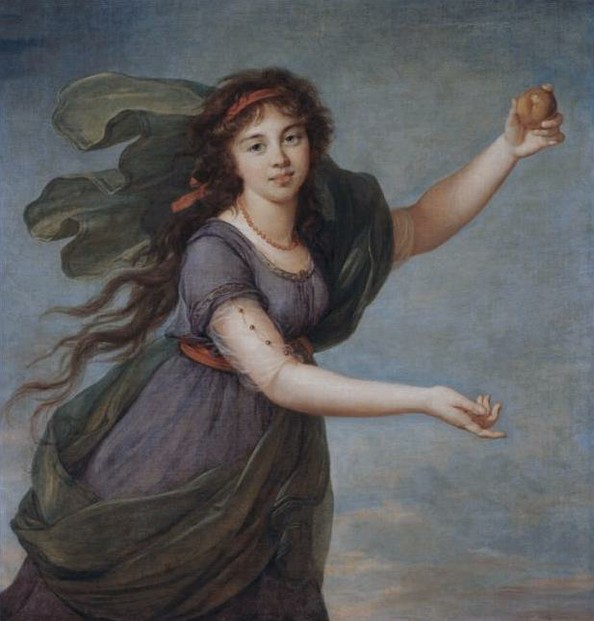
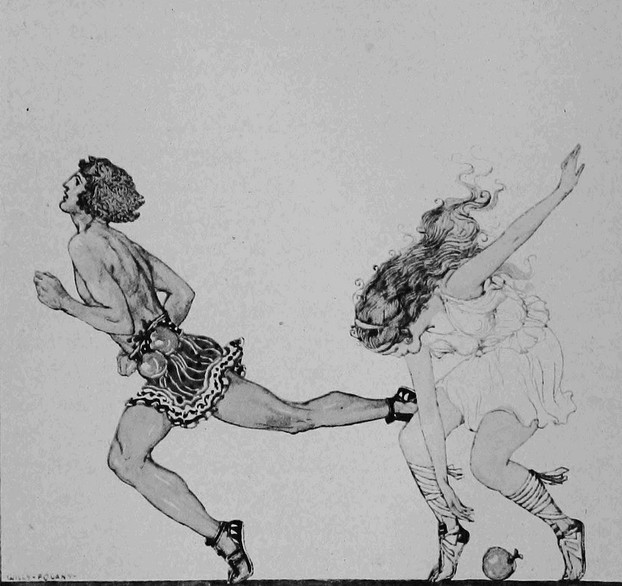
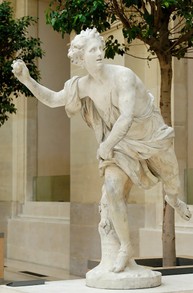
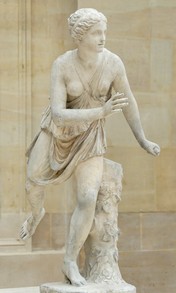
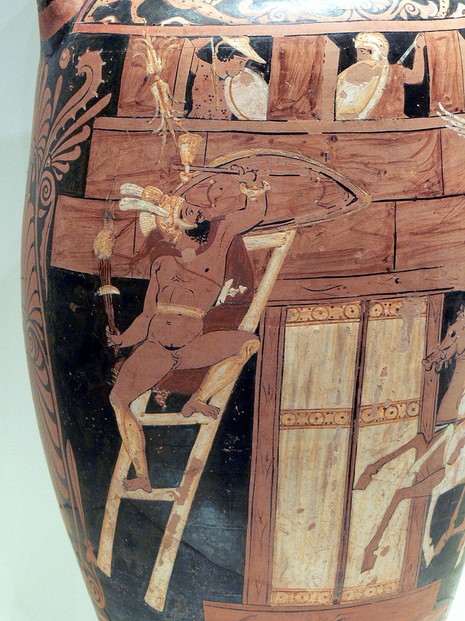
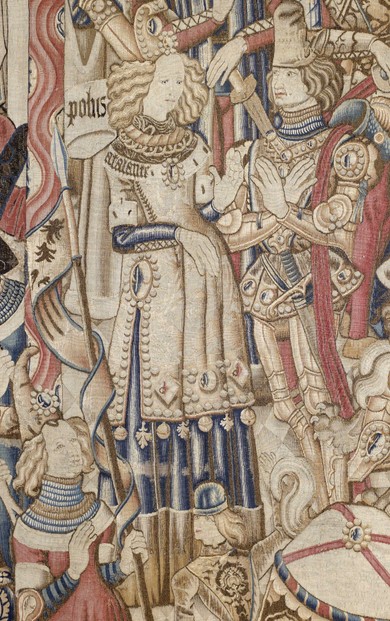
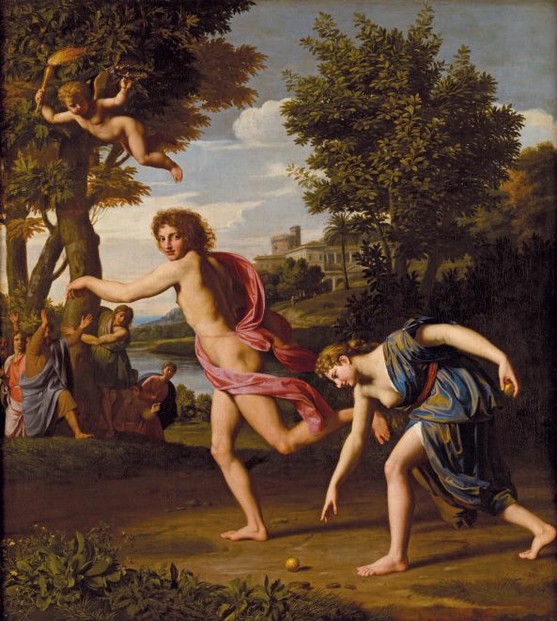
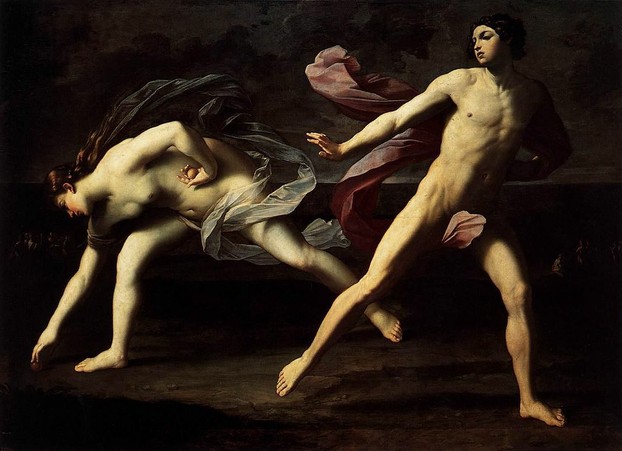
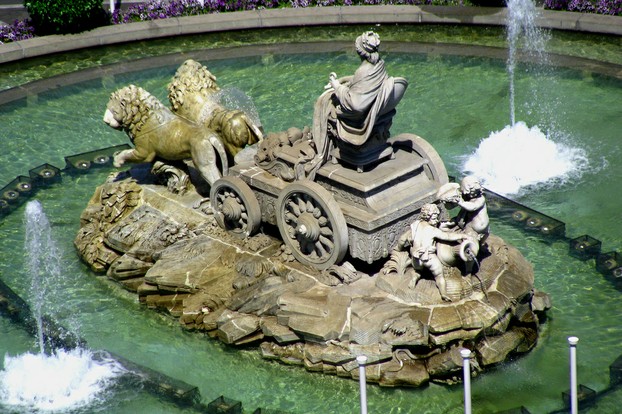
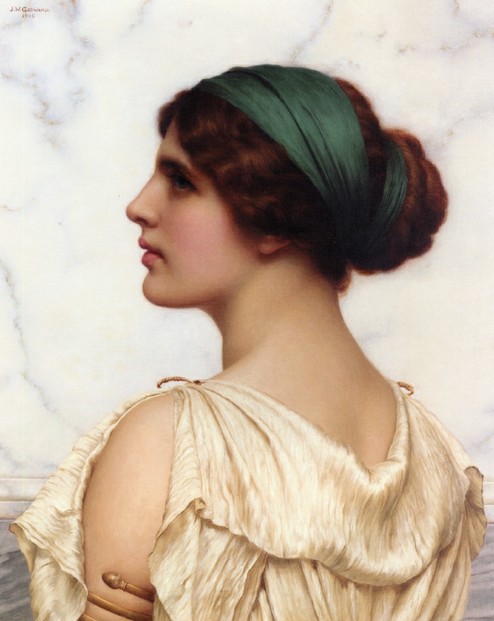
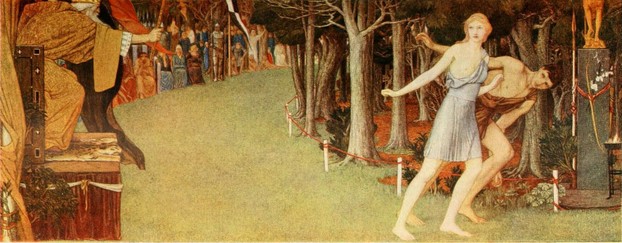
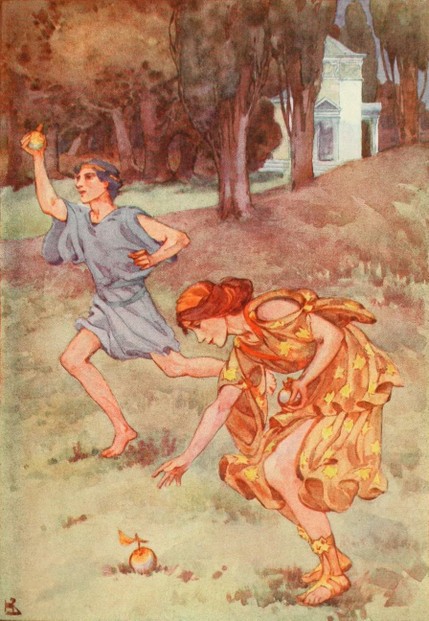


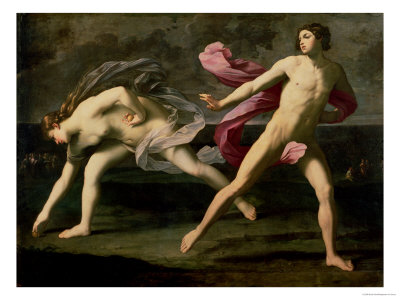
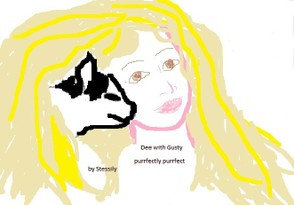
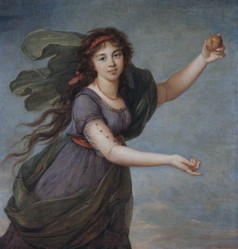

 Are Hawaiian Huakai Po Nightmarchers Avenging Halloween Thursday?on 10/02/2024
Are Hawaiian Huakai Po Nightmarchers Avenging Halloween Thursday?on 10/02/2024
 Mailing Addresses for 2023 Form 4868 Extending 1040 and 1040SR April 15, 2024, Due Dateon 04/15/2024
Mailing Addresses for 2023 Form 4868 Extending 1040 and 1040SR April 15, 2024, Due Dateon 04/15/2024
 Mailing Addresses for 2023 Forms 1040 and 1040SR Filed in 2024on 04/15/2024
Mailing Addresses for 2023 Forms 1040 and 1040SR Filed in 2024on 04/15/2024
 Mailing Addresses for 2022 Form 4868 Extending 1040 and 1040SR April 18, 2023, Due Dateon 04/13/2023
Mailing Addresses for 2022 Form 4868 Extending 1040 and 1040SR April 18, 2023, Due Dateon 04/13/2023


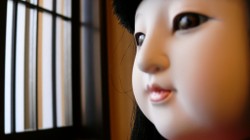
Comments
AbbyFitz, Atalanta's adventures have interested her admirers for over 3 millennia!
Myths about her have been my favorites since childhood.
Being told stories from Greek myths is also a legacy from my father.
This was really interesting. My father used to tell me Greek stories when I was small, but I've never heard of Atalanta.